UPDATE | September 1, 2022
Kimono is known around the world as a representative traditional culture of Japan. Nowadays, there are fewer opportunities to see people wearing kimonos on the street, but many people still wear kimonos for special occasions such as New Year's, coming-of-age ceremonies, and weddings. This time, I would like to introduce Japanese kimono culture while looking back on its history.
INDEX
The word kimono literally means "thing to wear," and used to refer to clothing in general.
Around 150 years ago, Western clothing was introduced to Japan, and the concept of ``kimono'' changed to ``Wafuku'', and now it is used to mean ``traditional Japanese clothing''.
There are various theories about the origin of kimono, but the modern style is said to have originated in the Heian period (794-1185).
Much earlier in the B.C. era, the main style was a piece of cloth wrapped around the body, or a style in which a hole was made in the cloth to pass the head through. It seems that it has changed to one-piece clothing.
From there, it gradually changed according to the climate of Japan, and the kimono culture developed greatly during the Heian period.
The colors and designs of kimonos differed according to social class, and colorful kimonos were like a status sign of high social status.
The traditional Japanese card game "Hyakunin Isshu" also depicts the "Junihitoe", which is a multi-layered multi-colored kimono. It is said that at that time, aristocratic women did not show their faces to men, but showed the hem of their twelve-layered ceremonial kimono from inside the room to show off their sense of color scheme and intelligence.
It's still the same as in the old days, when you wear something to show off your own charm.
After that, kimono culture continued to evolve, reaching its peak during the Edo period (1603-1867). Kimono, which was only for nobles and samurai, gradually spread to people other than the upper class. However, there were restrictions on materials and colors depending on social status, so while wealthy merchants wore flashy embroidered kimonos, kimonos for commoners were limited to plain colors. Therefore, it is said that people began to enjoy fashion through the patterns of kimonos and the way obis are tied.
During the Meiji period (1868-1912), the influence of foreign cultures became strong, and westernization policy of the government stipulated that Westerners should wear western clothes at official occasions, and Western clothes spread.
Even so, there are many people who usually wear kimonos (Japanese clothes), and it was only after the war that Western clothes became established as everyday wear. It became
[PR]
The designs that are often used in kimono actually have their own meanings.
For example, cranes are associated with longevity and harmonious marriages, so they are often used in kimonos worn at weddings. Shochikubai is said to represent perseverance and vitality because it is resistant to heat and cold, so it is suitable for weddings and children's celebrations such as Shichigosan. .
In addition, cherry blossoms are a typical flower design, and since they bloom in the spring of new beginnings, they represent the beginning of things that are auspicious.
"Camellia" and "peony" are symbols of nobility, splendor, and eternal beauty.
In addition, butterflies are said to symbolize the healthy growth of women because they change their appearance as they grow, and rabbits are thought to symbolize the prosperity of descendants. It is
Even if you say kimono, there are various types, and it depends on the occasion you wear it. Like clothes, there are formal and casual kimonos.
The kimono worn by the bride at a wedding ceremony is called uchikake, and shiromuku is a solid white kimono that can only be worn at the wedding ceremony.
The kimono worn at funerals is called mofuku, and it is all black including the obi.
The kimono worn by women at the coming-of-age ceremony is called furisode, and is characterized by long sleeves.
And the most familiar kimono is "Yukata". The fabric is thin and airy, so you can easily wear it during hot seasons such as summer festivals. It is difficult to put on a kimono such as furisode by yourself, but yukata is not so complicated and you will soon be able to put it on by yourself with practice.
Lastly, I would like to introduce Nishijin in Kyoto, which is famous as a town of traditional textiles.
It is a quiet and calm area located in the north, a little away from the center of Kyoto.
The textile industry has been thriving in this area for a long time, and there were rows of yarn shops and kimono shops.
From 1467 to 1477, a battle called the Onin War broke out to divide Kyoto into two, and it came to be called 'Nishijin' because it was a position on the west side.
People who fled from the war and those who came in search of work after the war restarted the textile industry, and Nishijin regained its liveliness.
The reputation of Nishijin-ori for its delicate and beautiful designs spread from Kyoto to all over Japan.
After that, modernization progressed, and with the decline of the textile industry, the number of textile-related shops in the Nishijin area has continued to decrease.
Currently, the number of cafes and accommodation facilities that make use of the old townscape is increasing, and it is attracting attention as a new tourist spot. Even now, when I walk through the streets of Nishijin, I can still hear the sound of weaving.
How was it?
If you have a little knowledge about kimono, you can have more fun when you actually see and wear kimono. There are many rental kimono shops in tourist areas, so please be sure to find your favorite kimono.
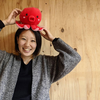
A freelance Japanese teacher and local guide from Osaka. I fell in love with Kyoto in 2020 and moved to 2021. Currently, while teaching Japanese mainly in private lessons, he plans and manages writing, Chinese-Japanese translation proofreading, and online experiences.
[PR]
[PR]